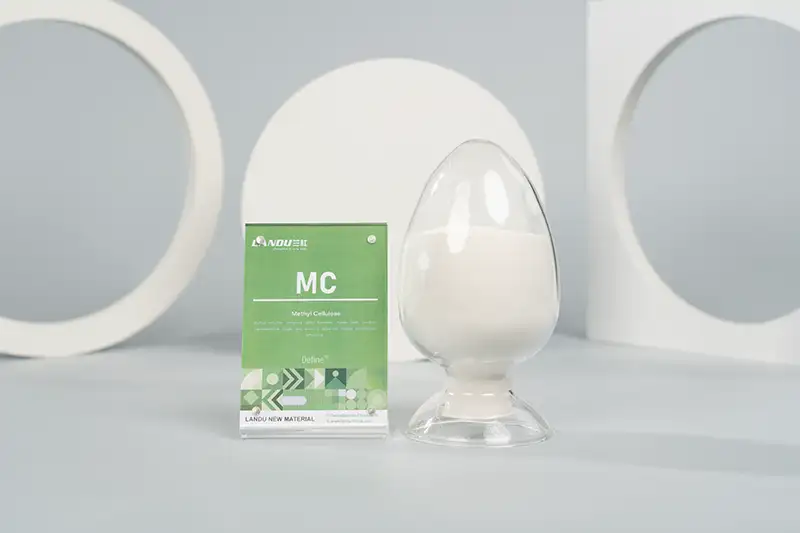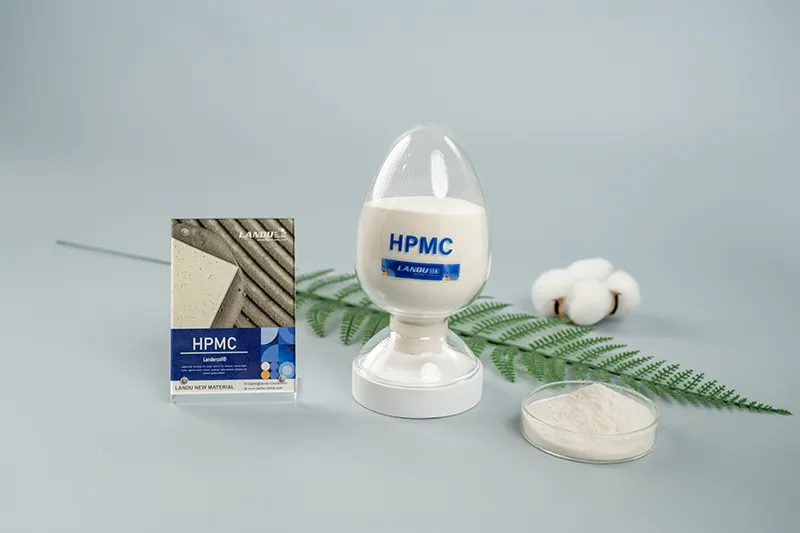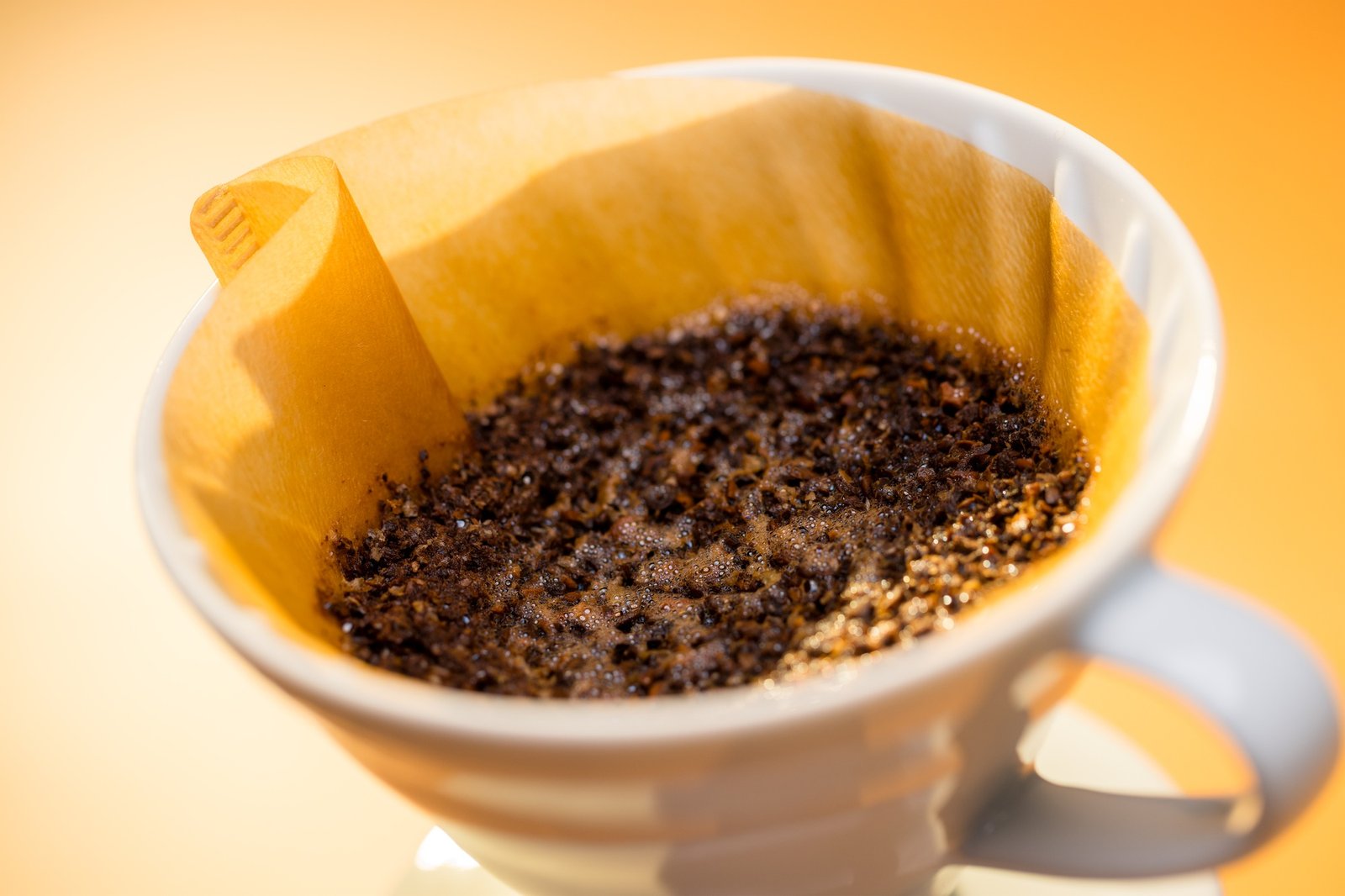In the ever-evolving world of paper manufacturing, the quest for superior quality, enhanced strength, and improved production efficiency has led to significant advancements in the industry. One of the most notable innovations in recent years has been the widespread adoption of cellulose derivatives as additives in paper production. These remarkable compounds have revolutionized the way we approach paper manufacturing, offering a myriad of benefits that have propelled the industry forward.
1. Understanding Cellulose Derivatives
Cellulose, the primary component of plant cell walls, serves as the foundation for paper production. However, cellulose derivatives take this natural polymer a step further. These modified forms of cellulose are engineered to enhance specific properties of paper, making them invaluable in modern manufacturing processes.
1.1 Types of Cellulose Derivatives
- There are several types of cellulose derivatives commonly used in paper production, each offering unique benefits:
– Carboxymethyl cellulose (CMC)
– Methylcellulose (MC)
– Microcrystalline cellulose (MCC)
- These derivatives are carefully selected based on the desired properties of the final paper product, allowing manufacturers to tailor their approach to meet specific requirements.




2. The Role of Cellulose Additives in Paper Manufacturing
Cellulose additives play a crucial role in enhancing various aspects of paper production and the final product quality. Let’s explore some of the key ways these additives contribute to the paper manufacturing process.
2.1 Improving Paper Strength
- One of the most significant benefits of using cellulose derivatives is their ability to enhance paper strength. By incorporating these additives into the paper pulp, manufacturers can create products that are more resistant to tearing, folding, and other forms of mechanical stress. This improvement in strength is particularly valuable for applications that require durable paper, such as packaging materials or high-quality printing papers.
- The strength-enhancing properties of cellulose additives are attributed to their ability to form a network of hydrogen bonds within the paper structure. This network reinforces the connections between cellulose fibers, resulting in a more robust final product. As a result, paper manufacturers can achieve superior strength characteristics without compromising on other important properties such as printability or texture.
2.2 Enhancing Surface Properties
Cellulose derivatives also play a crucial role in improving the surface properties of paper. By modifying the surface characteristics, manufacturers can create papers with enhanced printability, smoother textures, and improved ink retention. These improvements are particularly valuable in the production of high-quality writing papers, glossy magazines, and other premium paper products.
For instance, the addition of carboxymethyl cellulose (CMC) can significantly reduce surface roughness, leading to a smoother finish that is ideal for high-resolution printing. This enhanced surface quality not only improves the visual appeal of the paper but also contributes to better print quality and reduced ink consumption.
3. Efficient Paper Manufacturing with Cellulose Derivatives
Beyond improving the final product, cellulose additives also contribute to more efficient paper manufacturing processes. These additives can optimize various stages of production, leading to reduced energy consumption, improved resource utilization, and increased overall efficiency.
3.1 Enhancing Water Retention
One of the key ways cellulose derivatives contribute to efficient paper manufacturing is by improving water retention during the formation stage. Additives like CMC can help control the rate at which water is removed from the paper web, ensuring a more uniform distribution of fibers and fillers. This enhanced water retention leads to better formation, improved dimensional stability, and reduced energy consumption during the drying process.
3.2 Reducing Production Costs
The use of cellulose additives can also lead to significant cost savings in paper production. By improving the strength and quality of the paper, manufacturers can often reduce the amount of raw materials required to achieve the desired specifications. This not only lowers material costs but also contributes to more sustainable production practices by reducing the overall resource consumption.
4. Applications of Cellulose Derivatives in Different Paper Types
The versatility of cellulose derivatives allows for their application in a wide range of paper products, each benefiting from specific enhancements:

4.1 Packaging Papers
- In the production of packaging papers, cellulose additives are crucial for improving strength and durability. These enhancements ensure that the packaging can withstand the rigors of transportation and storage while maintaining its protective properties.

4.2 Writing and Printing Papers
For writing and printing papers, cellulose derivatives contribute to improved surface smoothness, better ink retention, and enhanced print quality. These properties are essential for producing high-quality stationery, books, and marketing materials.

4.3 Specialty Papers
In the realm of specialty papers, such as those used in filtration or electrical applications, cellulose additives can be tailored to enhance specific properties like porosity or electrical resistance. This customization allows for the production of highly specialized papers that meet exacting industry standards
5. The Future of Cellulose Additives in Paper Production
As the paper industry continues to evolve, the role of cellulose derivatives is expected to grow even further. Ongoing research and development efforts are focused on creating new types of cellulose additives that offer even greater benefits in terms of paper quality, production efficiency, and sustainability.
One area of particular interest is the development of bio-based cellulose derivatives that offer similar or superior performance to their synthetic counterparts while reducing the environmental impact of paper production. These innovations align with the growing demand for more sustainable manufacturing practices across all industries.
Conclusion
The integration of cellulose derivatives into paper manufacturing processes has undoubtedly revolutionized the industry. From enhancing paper strength and quality to improving production efficiency, these additives have become indispensable tools for modern paper manufacturers. As we look to the future, the continued development and application of cellulose-based products in the paper industry promise to drive further innovations, leading to even more advanced and sustainable paper products.
By leveraging the power of cellulose derivatives, paper manufacturers can meet the ever-increasing demands for higher quality, more durable, and more environmentally friendly paper products. As research in this field continues to advance, we can expect to see even more exciting developments that will shape the future of paper manufacturing for years to come.

